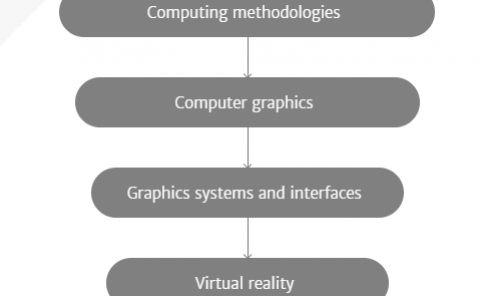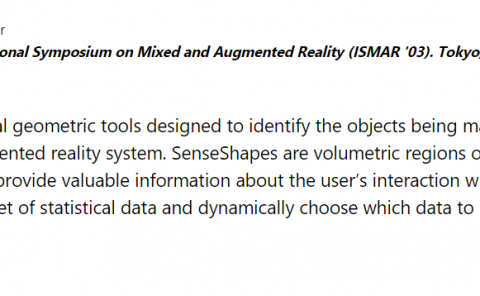Virtual reality content streaming: Viewport-dependent projection and tile-based techniques
PubDate: February 2018
Teams: Nokia Technologies
Writers: Alireza Zare ; Alireza Aminlou ; Miska M. Hannuksela
PDF: Virtual reality content streaming: Viewport-dependent projection and tile-based techniques

Abstract
Virtual reality (VR) head-mounted display (HMD) requires spherical panoramic contents with high-spatial and temporal fidelity to immerse the viewers into the captured scene. Hereby, VR contents are extremely bandwidth intensive and impose technical challenges for the design of a VR streaming system. A bandwidth-efficient VR streaming system can be achieved using the viewport-aware adaptation techniques, in which part of the sphere within the viewer’s field of view is presented at higher quality. In this paper, two recently emerged viewport-adaptive streaming methods so-called tile-based method and truncated square pyramid (TSP) projection, a well-studied viewport-dependent projection, are compared using a proposed quality assessment methodology. The comparison is made in terms of storage and streaming bitrate performances. The simulation results indicate that the tile-based approach has slightly lower streaming performance, while offering a significant storage and encoding time saving at the server side, compared to TSP-based streaming.



